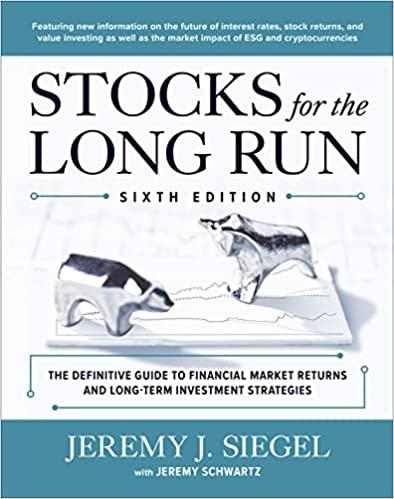

We are evaluating a project that costs $848,000, has an eight-year life, and has no salvage value. Assume that depreciation is straight-line to zero over the life of the project. Sales are projected at 62,000 units per year. Price per unit is $40, variable cost per unit is $24, and fixed costs are $636,000 per year. The tax rate is 24 percent, and we require a return of 20 percent on this project. a. Calculate the accounting break-even point. (Do not round intermediate calculations and round your answer to 2 decimal places, e.g., 32.16.) b-1. Calculate the base-case cash flow and NPV. (Do not round intermediate calculations and round your NPV answer to 2 decimal places, e.g., 32.16.) b-2. What is the sensitivity of NPV to changes in the sales figure? (Do not round intermediate calculations and round your answer to 3 decimal places, e.g., 32.161.) b-3. Calculate the change in NPV if sales were to drop by 500 units. (Enter your answer as a positive number. Do not round intermediate calculations and round your answer to 2 decimal places, e.g., 32.16.) c. What is the sensitivity of OCF to changes in the variable cost figure? (A negative answer should be indicated by a minus sign. Do not round intermediate calculations and round your answer to the nearest whole number, e.g., 32.) a. units Break-even point b-1. Cash flow NPV b-2. ANPVIAQ b-3. NPV would c. AOCF/AVC by We are evaluating a project that costs $756,000, has a six-year life, and has no salvage value. Assume that depreciation is straight-line to zero over the life of the project. Sales are projected at 67,000 units per year. Price per unit is $60, variable cost per unit is $42 and fixed costs are $665,000 per year. The tax rate is 24 percent, and we require a return of 20 percent on this project. Suppose the projections given for price, quantity, variable costs, and fixed costs are all accurate to within +10 percent. Calculate the best-case and worst-case NPV figures. (A negative answer should be indicated by a minus sign. Do not round intermediate calculations and round your answers to 2 decimal places, e.g., 32.16.) Best-case Worst-case








